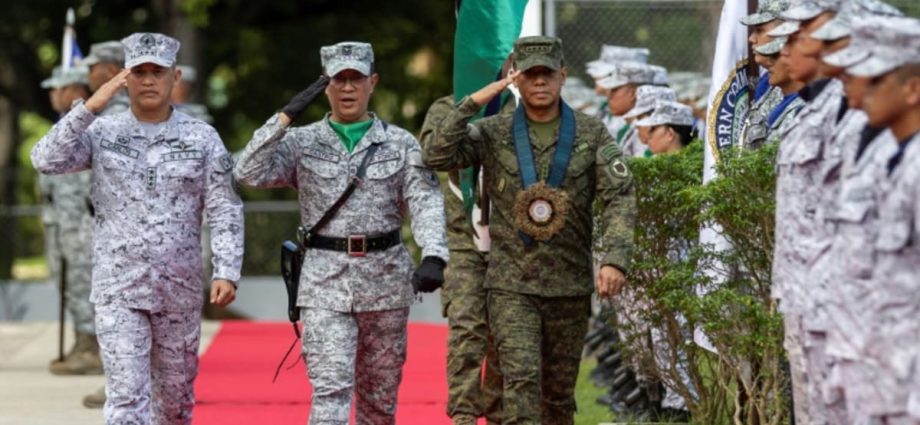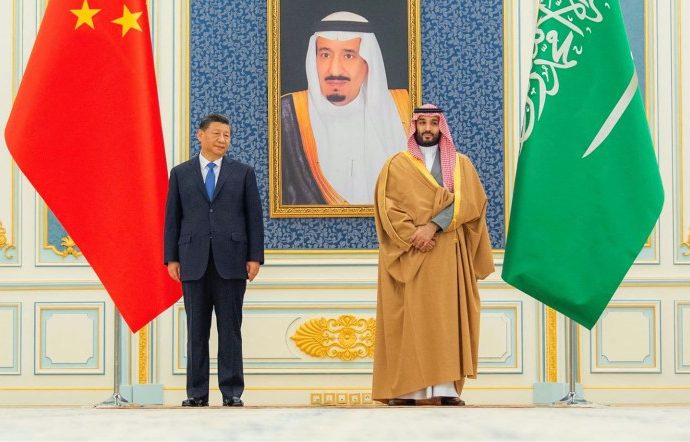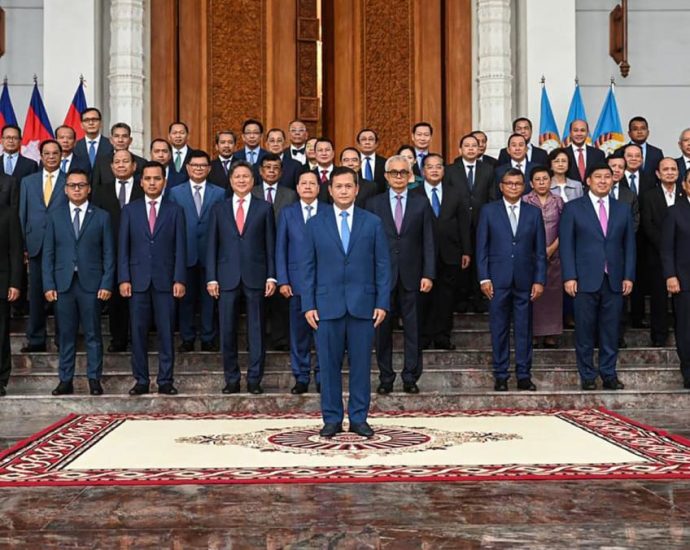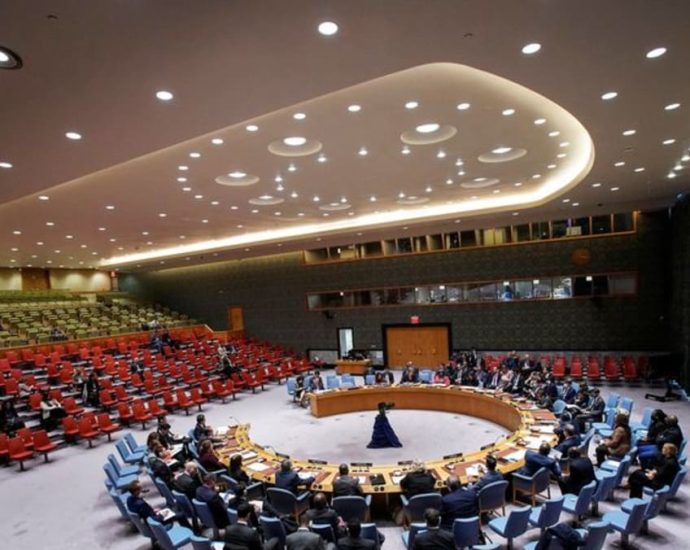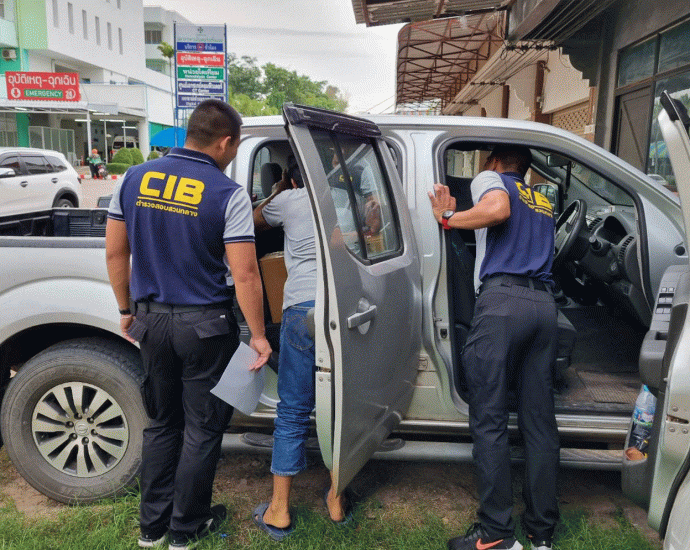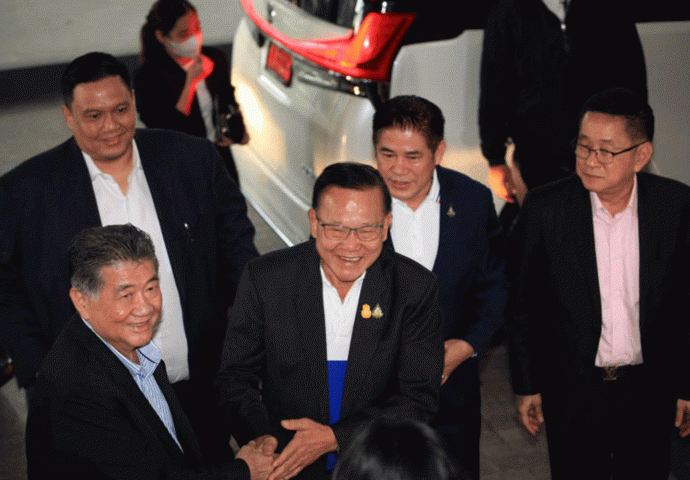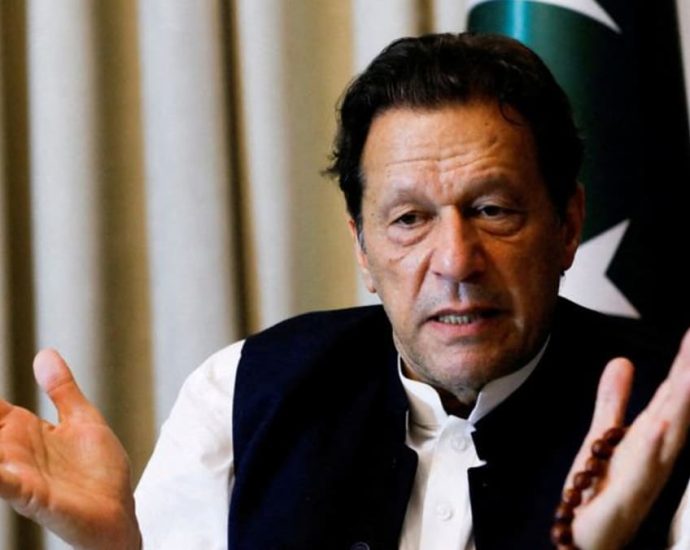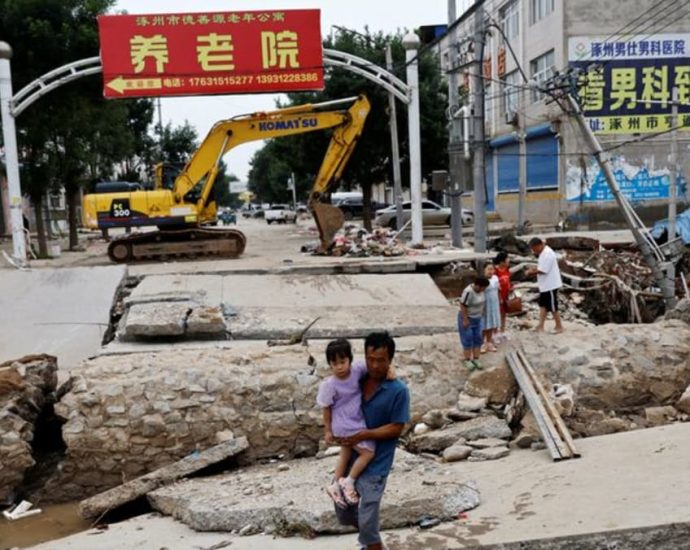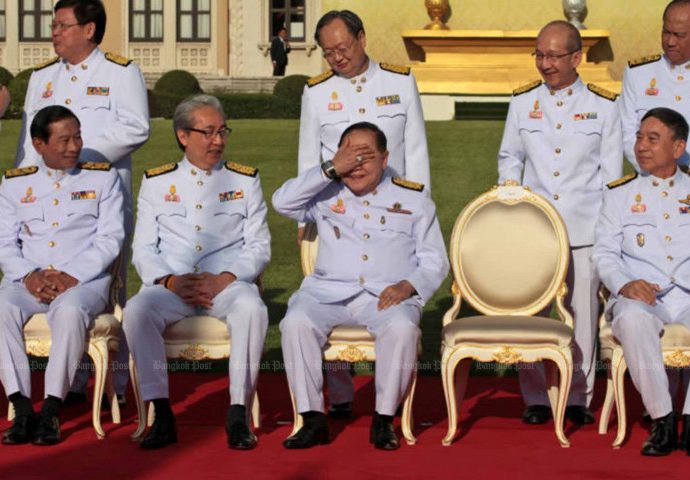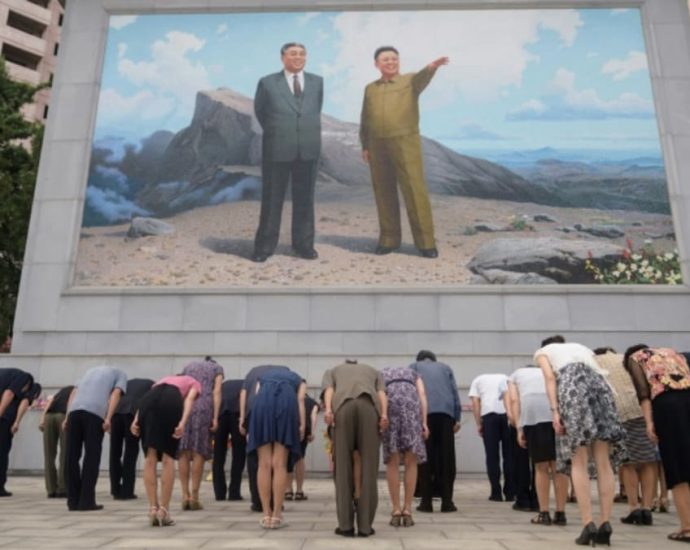Philippine military says will send more supplies to disputed reef
Second Thomas Shoal is about 200km from Palawan, and more than 1,000km from China’s nearest major landmass, Hainan island. The incident has fanned tensions between the countries, which have a long history of maritime disputes in the South China Sea. Beijing claims almost the entire waterway, through which trillions ofContinue Reading

